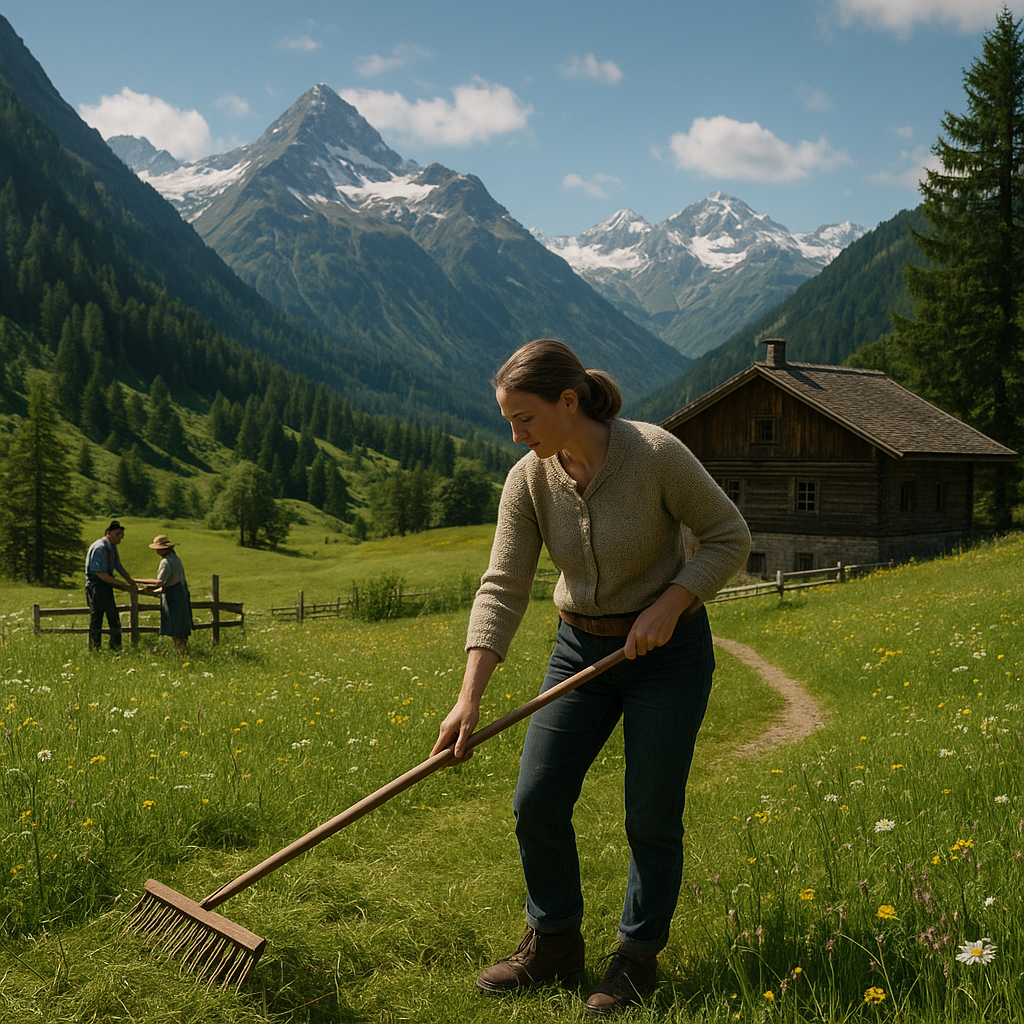
The soaring peaks of the Alps stretch across eight countries, hosting an array of life forms and rich traditions. From rolling alpine meadows to snow-clad summits, this mountain range captivates scientists, hikers, and local residents alike. Communities nestled within valleys have developed a deep-rooted sense of responsibility toward protecting these majestic landscapes. This article explores the intricate ecosystem, the pressing threats it faces, and the diverse ways local groups unite to ensure the long-term sustainability of one of Europe’s most treasured regions.
The Alpine Ecosystem and Its Significance
Unique Flora and Fauna
The Alps boast an astonishing level of biodiversity, with thousands of plant species adapted to harsh climates and steep gradients. Rare orchids and medicinal herbs thrive alongside hardy conifers and tussock grasses. Mountain goats, ibex, marmots, and golden eagles form intricate food webs, while tiny alpine butterflies and solitary bees pollinate delicate flowers. Such complexity underlines the importance of every ecosystem component, where the loss of a single species can ripple through the entire network.
Geological and Climatic Diversity
Glacial valleys, limestone cliffs, and ancient rock formations tell a story millions of years in the making. Seasonal shifts in temperature and precipitation create microclimates, giving rise to zones from subalpine forests to nival environments above 3,000 meters. This variability fosters specialized adaptations in both plants and animals, and forms the basis for scientific research into climate resilience and geological history.
Challenges Facing the Alpine Region
Understanding these threats is crucial for devising effective strategies.
- Climate change: Rising temperatures accelerate glacier retreat, alter snowpack patterns, and disrupt the synchronized life cycles of plants and pollinators.
- Urbanization and infrastructure development: New roads, ski resorts, and housing projects encroach on fragile habitats, fragmenting wildlife corridors.
- Pollution and sustainability concerns: Runoff from agriculture and sewage can degrade water quality in high-altitude lakes and rivers.
- Invasive species: Non-native plants and insects often outcompete indigenous species, reducing regional genetic diversity.
- Over-tourism: Popular trails and peaks experience soil erosion, litter, and disturbance to wildlife.
Community-led Conservation Initiatives
Grassroots Governance and Stewardship
For centuries, mountain villages have managed communal pastures, forests, and water sources through traditional councils and guilds. These bodies set grazing quotas, regulate timber harvesting, and maintain irrigation canals known as bisses. Local bylaws, often unwritten, reflect a profound sense of stewardship passed down through generations. In many valleys, villagers still convene annual meetings on the village green to decide on land-use plans and volunteer for trail maintenance.
Modern Networks and Collaboration
In recent decades, cross-border alliances have formed to address shared environmental challenges. NGOs, research institutions, and municipal authorities collaborate on monitoring wildlife populations and water resources. Digital platforms enable real-time data sharing on avalanche risk and biodiversity indicators. Such collaboration enhances resilience by pooling expertise and financial resources, ensuring that conservation efforts remain adaptive and impactful.
Balancing Tourism and Preservation
Sustainable Tourism Models
Tourism provides vital income for alpine communities yet poses serious ecological risks. In response, villages promote low-impact travel options. Electric shuttle buses ferry hikers from valley towns to trailheads, cutting vehicle emissions. Mountain huts adhere to strict waste management protocols, composting organic matter and recycling plastic. Seasonal visitor caps on fragile meadows reduce trampling and allow vegetation to recover.
Supporting Local Economies
- Farm-to-table dining experiences showcase local cheeses, cured meats, and honey, highlighting agricultural heritage and reducing food miles.
- Guided eco-tours led by resident naturalists educate tourists about alpine plants and animal behavior.
- Artisan workshops preserve traditional crafts—wood carving, weaving, and pottery—providing alternative income streams.
Future Directions and Innovations
Looking ahead, communities are harnessing new tools to safeguard their environment.
Renewable Energy Integration
Small-scale hydroelectric plants in mountain streams deliver clean power to local grids without large dams. Solar panels, camouflaged to blend with rooftops, heat water for communal baths and lodges. Geothermal pumps provide efficient heating in villages where winter temperatures can drop below -20°C. The transition to renewable energy enhances energy security while minimizing landscape disruption.
Environmental Education and Youth Engagement
Local schools incorporate outdoor classrooms, where students learn about glacial dynamics, endemic species, and sustainable agriculture. Youth councils organize river clean-ups and tree-planting days, instilling a strong sense of community responsibility. Intergenerational mentoring ensures that traditional ecological knowledge lives on, even as modern technologies reshape daily life.
Adaptive Management and Climate Resilience
Scientists and villagers co-create adaptive management plans that account for shifting weather patterns. Early-warning systems for landslides and avalanches combine satellite imagery with local observations. Experimental plots test the viability of drought-resistant grass varieties for grazing animals. Through constant monitoring and flexible governance structures, alpine communities build social and ecological resilience in the face of uncertainty.

